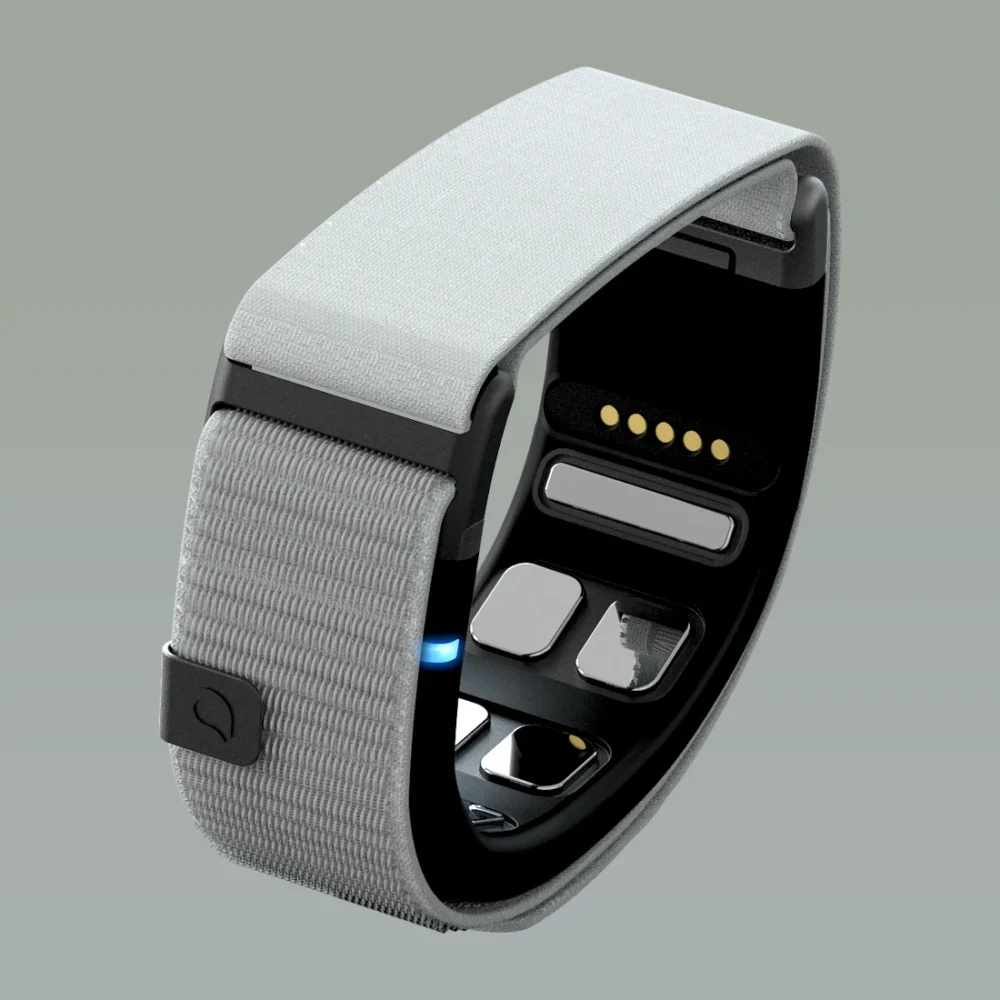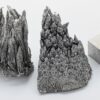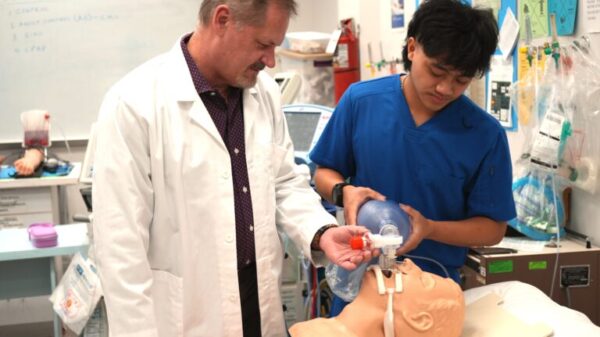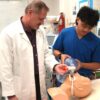Wearable Devices Ltd. (NASDAQ: WLDS), a technology growth company focused on AI-powered touchless sensing wearables, has successfully demonstrated a pre-commercial electromyography (EMG)-driven weight-estimation feature on its Mudra Link neural wristband.
Announced on Tuesday, the capability uses signals from the wrist to measure weight, torque, and force, building on a recently granted U.S. patent.
The development represents a step forward in the company’s neuromuscular computing roadmap. It aims to turn muscle activity into actionable data for robotics, industrial applications, sports technology, healthcare, and extended reality (XR).
The pre-commercial model analyzes surface EMG patterns generated during lifting motions. In addition, it is currently applied for internal testing, performance benchmarking, and proof-of-concept demonstrations.
Guy Wagner, president and chief scientific officer of Wearable Devices, said the technology measures real-world effort directly from the wrist. He added that the Mudra Link can quantify weight and torque without additional equipment.
“By reading muscle signals, we can create more intuitive neural interfaces that feel natural and respond to user intent,” Wagner said.
The EMG-based capability implements the company’s recently granted patent, “Gesture and Voice-Controlled Interface Device,” which protects neural-based measurements of force, torque, and weight from the wrist. Furthermore, the demonstration provides a biological measurement layer that could support future applications connecting physical effort to digital systems.
The company emphasized that this achievement is part of ongoing research to expand neuromuscular-signals-based technology across multiple industries. In addition, the Mudra Link development could have multiple potential uses in the future. A few include enhancing robotics control, sports performance tracking, and healthcare monitoring, by converting subtle muscle signals into data.
Read more: Scientists develop breath-related diagnostic tool for early detection for silicosis
Read more: Korean consortium propels lung cancer drug development with AI, supercomputers
Total market expected to grow considerably in next decade
The global wearables market is large and rapidly growing.
According to recent forecasts, the total wearable technology market is projected to reach USD$230.15 billion by 2033, up from USD$82.33 billion in 2024.
In addition, Technavio estimates that the market will grow by USD$99.4 billion between 2025–2029, with a compound annual growth rate (CAGR) of more than 17.3 per cent.
The wearables market includes smartwatches, fitness trackers, smart bands, and more. For example, the wearable activity tracker segment alone is expected to jump from USD$76.1 billion in 2024 to USD$258.0 billion by 2033, at a CAGR of 14.5 per cent. Meanwhile, other sources put the 2023 market value at around USD$62.4 billion, with long term forecasts rising to over USD$200 billion.
Meanwhile, the broader wearable-technology sector continues to expand as consumers adopt devices for health monitoring, fitness, and daily convenience.
Several companies dominate the wearable space. Apple Inc. (NASDAQ: AAPL) remains a market leader, primarily through its Apple Watch and AirPods product lines. Samsung Electronics (KRX: 005930) also holds a strong position with its Galaxy Watch and other connected devices. Xiaomi competes in lower-cost segments, especially in emerging markets, while Huawei Technologies maintains significant share globally. Furthermore, Fitbit is now part of Alphabet Inc., (NASDAQ: GOOG), Garmin Ltd., Sony, and Fossil Group are important players in specific categories.
Geographically, North America captured a significant portion of the market in 2024, led by strong adoption of health-focused devices. Europe and Asia-Pacific also continue to grow as consumers increasingly use wearables for fitness, wellness, and industrial applications.
.













